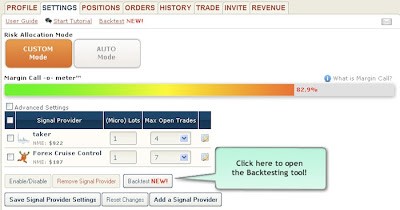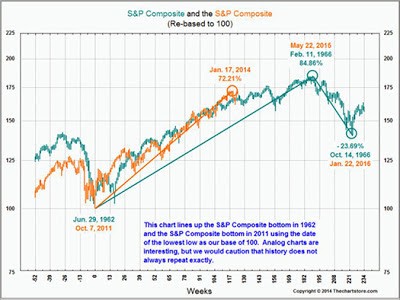Invest2Success Blog StopLoss for Options
Post on: 7 Сентябрь, 2015 No Comment

Monday, May 29, 2006
Stop-Loss for Options
Sometimes you give your spouse or your kid your credit card and they spend hundreds or even thousands more than you expected! Wow, there’s nothing you can do about it. The good news is, you can put stop losses and limits on your option positions. This way, your calls and puts do not run away with all of your money. The use of limit orders also sometimes allows you to get a better price than a market order instantly. For example, suppose the bid / ask spread is 3.30/ 3.50. You put in a limit order at 3.40 and it gets filled immediately and you save yourself 10 dollars per contract. It does not happen often, but it does sometimes depending on whether or not the market maker is willing to sell at 3.40. To sum up though, the use of stops and limits can have lots of benefits and there are drawbacks as well. Getting educated, however, only has benefits.
Stops and Limits Defined
A stop order is an order to buy or sell a stock at the market price once the price reaches or passes through a specified point, called the stop price. This type of order is generally used by traders who own a stock and want to make sure they sell out if the stock price starts to drop. The stop price placed on a sell stop order must be below the current bid price of the security. Stop orders in volatile issues will not guarantee an execution at or near the stop price. Once triggered, they are competing with other incoming market orders. Stop orders can be placed for buy orders as well. The stop price specified for a buy order must be above the current asking price. One last note on sell stops. If you use a sell stop for an option, the price that is used is the last trade price. In other words, the actual value of an option can go down significantly without there actually being at trade for the day for this particular option. In this way, a stop loss for an option has its drawbacks because it may offer less protection than it does for a stock that trades millions of shares per day.
A limit order lets you place a price restriction on your transaction. You indicate that you are only willing to buy or sell a stock at a certain price or better. Your order is not filled unless the stock trades at that level. Placing a limit order, however, is not a guarantee that your trade will be executed. It does, however, eliminate the risk that your order will be filled at a price worse than you expected. For example, if you want to buy ABC stock at $50 a share once again, and the market price is 50 bid and 50.20 offer, your order cannot be filled immediately. If somebody comes to sell the stock at $50, then your order will be filled if it is next in line for execution. If more buyers enter the pit and drive up the stock price, your order will not be filled.
Recommendations
We recommend the use of what we call a closing stop. A closing stop is just like other stops but it is not automated and it is based on the bid price as opposed to the last executed price. Let’s say we buy an option at 3.00 and we want to set our closing stop at 2.00. We do not execute this order before closing time. Closing time is between 3:45 and 4:00PM Eastern Time. That is why we call this a closing stop- because we only execute it around the time of close. The reason for this is that when you are dealing with options, as in the above example, you might see the bid price as low as 2.50 during the day and then a pop back up to 3.20 for a swing of almost 30%. Intraday volatility is extremely high.

If you use normal stops, the chance of getting shaken out (exited) from a trade is very high. We do not want to get shaken out too often because we do not want to trade options excessively because of the wide bid/ask spread. The difference between a market order and a closing stop is that when a trader uses a closing stop, he has already committed that he will sell once the ask price goes under a certain level. This objectivity is critical in trading because it protects traders from making subjective, and emotional trades.
Next, lets talk about how we use limit orders. Most of the time it makes good sense to enter with a limit order. This guarantees that if we get execution, we will get it at the price we want. Now sell orders on the other hand should be treated differently. Traders have a tendency to hold onto losing trades too long. For this reason, market orders should be used to sell most of the time.
Here is an example: suppose you plan to sell your option at $2.00 and you put in a limit order at $2.00 and the current bid price is $1.90. You do not get filled. The market closes and the next morning the stock gaps down and the option is worth $1.00. You decide to hold on for the rest of the day, and the stock goes down another 4% and option at close is worth $.40! If you had just sold using a market order yesterday, you would have gotten out at 1.90 and saved yourself some significant money.
Most of time, depending on technical conditions and liquidity, traders should use market orders to close out their losing positions. On the other hand, the use of limit orders on winning trades is the better way to trade. This way, you prevent yourself from selling your winners too quickly, another common mistake of traders. So to sum it up, use closing stops with options trades to avoid excessive trading and to protect yourself from daily market noise. When possible, use limit orders to enter and market orders to exit. Be disciplined — and trade well.














